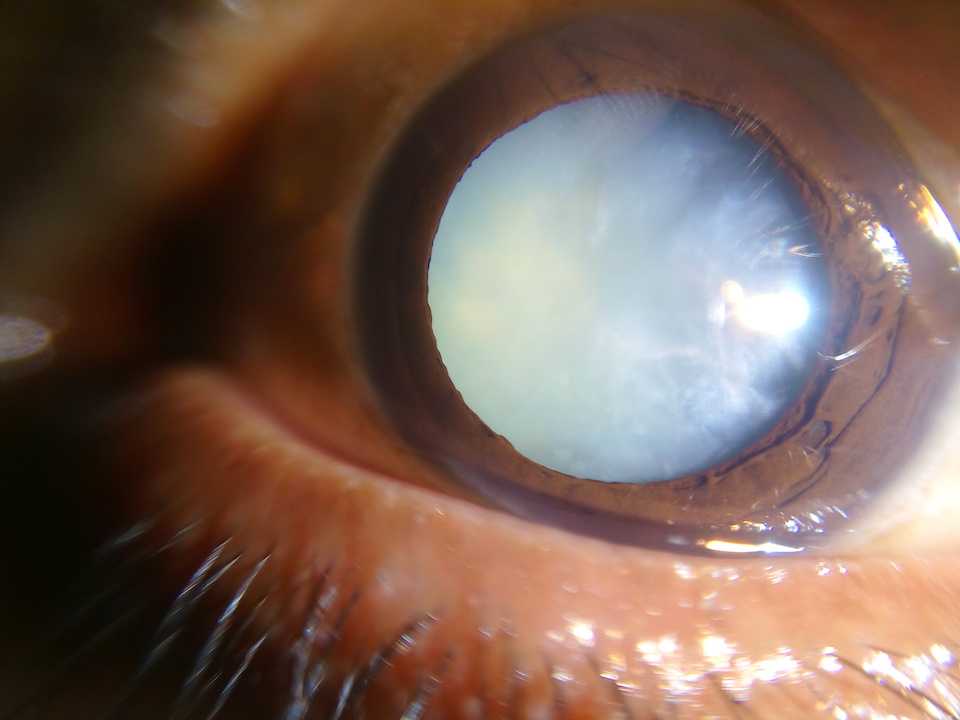Not All Cataracts Are The Same
Cataracts come in many forms! These different types of cataracts actually cause slightly different symptoms and have different causes as well.
The most common type of cataract is called a “nuclear sclerotic” cataract. This type of cataract is by far the most common type. Over time, the center part of the lens gets cloudy. As it gets cloudy, vision slowly gets worse. Less light reaches the back of the eye causing trouble in low light scenarios. This type of cataract also changes the perception of color. As this cataract starts to take on a orange-brown appearance, everything you see starts having that same shade of color. This often goes unnoticed when both eyes have cataracts since you can’t compare that vision to anything else.
Probably the second most type of cataract is called a “cortical” cataract. Instead of having a very dense and cloudy center, like the nuclear sclerotic cataract. This type of cataract has white spokes throughout the lens. Unlike nuclear sclerotic cataracts, cortical cataracts can form without any rhyme or reason. There are some conditions, such as diabetes, which increase the risk of this cataract but for the most part these just happen, affecting both the young and the less young. The spoke like pattern of these cataracts causes lots of scattering of light and symptoms of glare.
The last common type of cataract is called a “posterior subcapsular” cataract. This cataract forms right at the exact spot where light tries to focus though the lens. A large drop in vision and a large amount of glare ensure. This particular cataract does have some distinct causes. Large amounts or an extended duration of steroid use can cause this type of cataract. Diabetes is also a cause.
Each type cataract provides slightly different symptoms. And each can co-exist (and frequently do) with the other types as well. But ultimately this is mostly academic as the treatment is the same for all of them: cataract surgery.
Related Articles
Also check out EyeMountain.com for more great eye articles
Please note: The general information provided on the Website is for informational purposes only and is not professional medical advice, diagnosis, treatment, or care, nor is it intended to be a substitute therefore. See the Disclaimer and Terms of Use for more information
